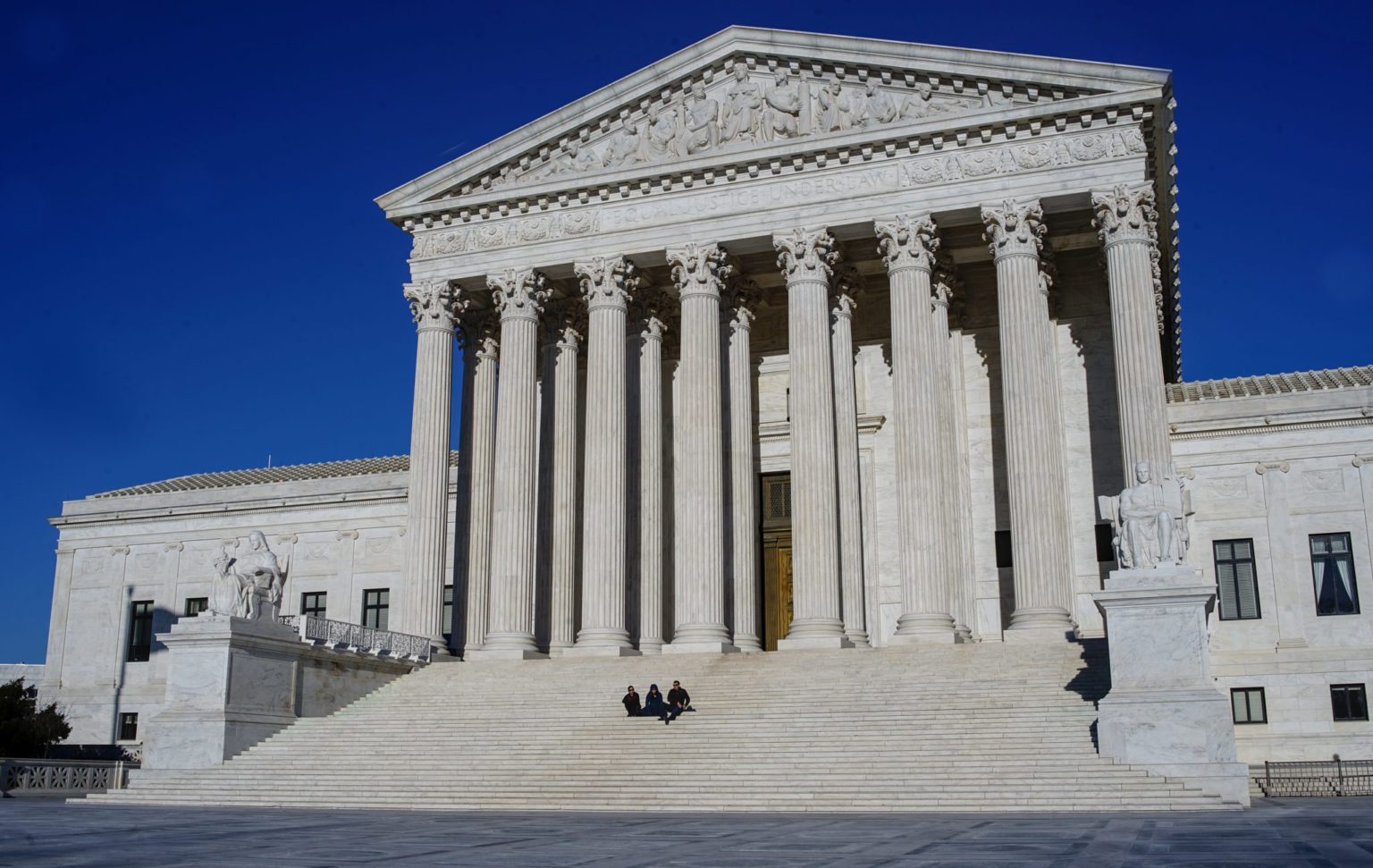Coach Kennedy Can Pray

The Supreme Court Monday handed down its ruling in Kennedy v. Bremerton School District, finding 6-3 in favor of former Bremerton High School football coach Joseph Kennedy, whose employment was terminated after he knelt in prayer at midfield following BHS football games.
The school district argued that it fired Kennedy to avoid violating the First Amendment’s Establishment Clause. I argued last week that the district’s arguments, which were grounded in decades of case law applying the Establishment Clause to the states, pointed to the “unworkability” of the Court’s jurisprudence in this area. The Establishment Clause, I wrote
is a federal provision that resists incorporation against the states. The clause expressly prevents Congress from making laws “respecting an establishment of religion.” It does not prohibit the states from doing so. This is made obvious by the fact that several of the states in the Founding era gave aid and granted de facto taxing authority to various Protestant churches—arrangements today’s Court would almost certainly deem “establishments.”
The Establishment Clause was incorporated against the states in 1947 in Everson v. Board of Education, seven years after the Court declared its intention to incorporate the whole of the First Amendment in Cantwell v. Connecticut.
After Everson, the Court concocted a series of tests to determine whether a state law or action had the effect of “establishing” a state religion. In Lemon v. Kurtzman (1971), the Court established a three-pronged test for discerning Establishment Clause violations. According to the test, courts considered whether a statute or government action had “a secular legislative purpose,” the “principal or primary effect” of “neither advanc[ing] nor inhibit[ing] religion,” or promoted “an excessive government entanglement with religion.”
The Court has used the Lemon test and Lee v. Weisman‘s “psychological coercion” test, which prevents states and state actors from “coerc[ing] anyone to support or participate in religion or its exercise,” to strike down public displays of religion, prayer, and piety in jurisdictions across the country. The Court has variously declared unconstitutional the placement of a menorah on public property, a Nativity scene in city hall, a one-minute period for “meditation or voluntary prayer” at the beginning of a school day, a voluntary player-led prayer at a varsity football game, and an ecumenical prayer from a rabbi at a middle-school graduation, all in the name of dismantling state-level religious “establishments,” which the Establishment Clause was included in the Bill of Rights to protect.
In Kennedy, the Court took an important step toward correcting its jurisprudence in this area. First, the majority “abandoned Lemon’s ‘ahistorical, atextual’ approach to discerning Establishment Clause violations.” It rejected the school district’s view that Coach Kennedy’s First Amendment rights to free expression and religious exercise “must yield so far as necessary to avoid school endorsement of religious activities” in supposed violation of the Establishment Clause. Justice Gorsuch for the majority argued that Kennedy’s having prayed as a government employee
does not transform his speech into government speech. To hold differently would be to treat religious expression as second-class speech and eviscerate this Court’s repeated promise that teachers do not “shed their constitutional rights to freedom of speech or expression at the schoolhouse gate.”
Subscribe Today
Get daily emails in your inbox
Further, the Court held that simply because “a reasonable observer could (mistakenly) infer that by allowing the prayer the District endorsed Mr. Kennedy’s message does not license the district to use the Establishment Clause to prevent Kennedy’s religious exercise.” The Establishment Clause, Gorsuch wrote, “does not include anything like a ‘modified heckler’s veto, in which…religious activity can be proscribed’ based on ‘perceptions’ or ‘discomfort.’”
Kennedy is a welcome first step in unwinding the tangled web wrought by the Court’s incorporation of the Establishment Clause against the states. The effect of the Court’s jurisprudence in this area has been to induce public bodies to proactively police employees’ conduct to prevent potential violations of the Establishment Clause, stifling constitutionally permissible religious expression. Just as corporations reacted to civil-rights law by erecting zero-tolerance policies with regard to “offensive” jokes in the workplace to avoid expensive hostile-workplace litigation, the Court’s Establishment Clause jurisprudence has inspired school districts and public bodies to circumscribe employees’ religious speech to ward off activist lawsuits. In Bremerton, the Court clarified that “A government entity’s concerns about phantom constitutional violations do not justify actual violations of an individual’s First Amendment rights.”
The decision gives public bodies more latitude in allowing their employees to practice their faith. Similar disputes will nevertheless continue to present themselves before the Court until it corrects its original error of applying to the states a constitutional provision intended to protect the states from federal intrusion.
Comments